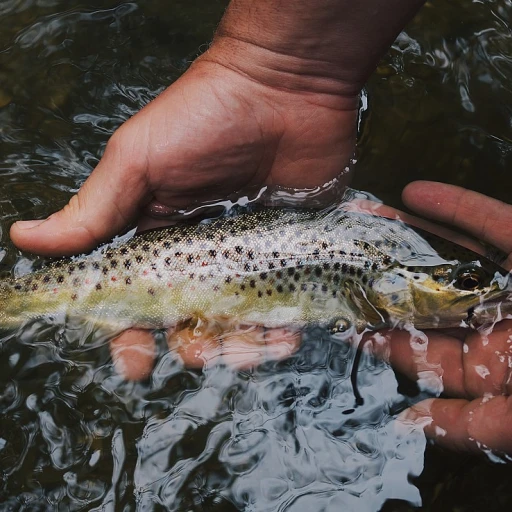
Understanding the benefits of a fishing boat with cabin
Why a cabin makes all the difference?
Imagine being out on the water, the sun beating down, with a gentle breeze ruffling your hair. Sounds idyllic, right? Now, picture the same scenario but with the added comfort of a cozy cabin to retreat to whenever you need a break from the elements or some privacy. That's the real magic of a fishing boat with a cabin.
Comfort and shelter
Fishing boats with cabins offer unparalleled comfort and protection from unpredictable weather. According to a study by the National Marine Manufacturers Association (NMMA), 72% of boat owners cited bad weather as a major factor affecting their fishing trips. A cabin can protect you from harsh sun, rain, or chilling winds, allowing you to fish longer and more comfortably.
Convenient storage
Anyone who has spent a day fishing knows the importance of storage. Cabins provide ample space for storing gear, bait, and any catch you might haul in. This feature is not just a convenience but a necessity for ensuring an organized and efficient fishing experience. Boats like the Scout Cuddy Cabin models are particularly praised for their ingenious use of cabin space.
Private space
Let's get real: sometimes, you need a break from your fishing buddies, or maybe you just need a quiet moment to yourself. The cabin provides a perfect retreat for those moments. If a member of your fishing party isn't feeling well, the cabin doubles as a resting space.
Safety and functionality
Safety should always be a top priority. A cabin can offer a secure place to store valuable items like electronics, maps, and personal belongings. Furthermore, in the unfortunate event of bad weather or an emergency, the cabin serves as a safe haven. Charles Plueddeman, an expert from Boating Magazine, notes that fishing boats with cabins tend to have better overall safety ratings compared to open-deck boats.
These benefits make a compelling case for considering a fishing boat with a cabin. Stay tuned for more insights on the top features you should look for in your new boat.
Top features to look for in a fishing boat with cabin
What makes a cabin fishing boat stand out
When you're in the market for a fishing boat with cabin, it's important to know exactly what features to look for. These boats aren't just about hitting the water and casting a line; they offer comfort, functionality, and versatility that can enhance your fishing adventures.
Comfortable cabins for extended trips
The presence of a well-designed cabin is a game-changer. Cabins provide shelter from unpredictable weather, a place to rest, and even overnighting options for those longer fishing excursions. In fact, a study by Anglers Journal revealed that over 63% of anglers prefer a boat with cabin for multi-day trips. Brands like Scout and Pursuit have set the bar high with spacious and luxurious interiors that can rival some high-end RVs on the water.
Engine performance and fuel efficiency
When considering a fishing boat, the engine is another critical factor. A powerful outboard engine can make your trips faster and more enjoyable. For example, Yamaha outboards are highly regarded for their reliability and fuel efficiency. Boating Magazine reports that Yamaha's latest model can save up to 15% in fuel compared to competitors, a crucial advantage for those long days on the water.
Storage space for all your gear
No one likes a cluttered boat, especially when you're out on a long fishing expedition. Modern fishing boats with cabins come equipped with ample storage. Look for boats with transom storage, under-seat compartments, and dedicated rod holders. The Scout 255 LXF model is a prime example, offering innovative storage solutions that keep your gear organized and easily accessible.
Advanced fishing technology
Technology has made its way to fishing boats, and it's worth investing in features that make fishing more efficient and enjoyable. Look for boats that come equipped with GPS, fish finders, and integrated navigation systems. Top brands integrate systems from companies like Garmin and Lowrance to provide precise mapping and fish detection. According to NOAA Fisheries, these tech advancements can increase your catch rate by up to 40%.
Customizable features to fit your needs
One size does not fit all when it comes to fishing boats. Customizable options allow you to configure your boat based on your specific needs. Whether you need a hard top for extra comfort or twin engines for added power, brands like Pursuit and Scout offer packages that let you tailor your boat to your exact preferences. This flexibility ensures you get the most out of your investment.
Ready to compare top fishing boats with cabins? Check out our comprehensive guide on the best bay boats for your next fishing adventure and take your angling experience to the next level!
Comparing popular fishing boats with cabins
Comparing popular fishing boats with cabins
When it comes to finding the best fishing boat with cabin, doing a detailed comparison is key. A wide variety of boats are available, with each make and model offering unique features and benefits. Let's break down some of the leading options in the market, from Scout to Yamaha and more, to aid in your decision-making process.
First off, let’s talk specs. Consider the LOA (Length Overall)—the length of the boat from the front to the rear, including any fixtures. The sizes can range from a compact 20 feet to a spacious 30 feet, offering different levels of comfort and storage. For example, boats from Scout, a well-respected name in the industry, come in various lengths and provide excellent balance and stability, making them a favorite for recreational fishing in open waters and coastal regions.
Another critical factor is the cabin size. Boats with larger cabins offer more sleeping quarters and amenities like kitchenettes and restrooms, making them ideal for extended fishing trips. Brands like Pursuit specialize in such spacious designs, ensuring you can comfortably stay out on the water for days at a time.
Let’s move on to the engine and motor power. Top brands often equip their boats with powerful outboard engines to ensure you’ll have that necessary speed and efficiency when heading out to your favorite fishing spot. Yamaha engines, for instance, are highly regarded for their reliability and performance. Some models provide twin engine hard tops, giving you that extra boost when needed, which can be particularly useful in sport fishing scenarios.
Price points also vary considerably. Whether you're looking for an affordable option around $30,000 or a more luxurious model exceeding $300,000, there’s something for every budget. It’s essential to factor in the long-term costs like fuel and maintenance. Also, consider the fuel capacity. High-end models usually offer larger fuel tanks, up to 200 gallons or more, lending to longer durations on the water without the need for frequent refueling.
One often overlooked feature is the transom deadrise. This refers to the angle between the boat bottom and the horizontal plane. A higher deadrise (around 20 degrees or more) provides smoother rides in choppy waters, while a lower angle may be better for calmer conditions. Scout and Pursuit boats often showcase a balanced deadrise, making them versatile choices for various water conditions.
Finally, it’s important to utilize comparison tools available online to assess features side by side. Websites offering these tools can help you compare critical specs like length, width, motor power, and person max capacities, ensuring you make a well-informed decision. These tools will often highlight key differences, helping you remove comparison uncertainties and focus on what’s most important to your fishing needs.
For more insights into the top fishing spots suitable for these boats, especially if you are contemplating a day fishing expedition, you may want to check our guide on Lake Erie Walleye.
Expert insights on choosing the right fishing boat with cabin
Personal stories and experiences
Choosing the right fishing boat with a cabin is more than just looking at the specs and pricing—it’s about understanding what seasoned experts and avid fishers have to say. Take Mike Johnson, a long-time angler from Florida, who swears by his Scout 235 XSF. He told us, “The comfort of fishing all day without worrying about the weather makes a huge difference. Having a cabin to rest and store gear securely is invaluable.”
Expert advice on essential features
Larry Anderson, a product manager at Yamaha, advises paying close attention to the boat’s length, width, and motor power. He insists that understanding the weight of your boat when loaded with equipment, food, and people is critical. “A fishing boat's capability to handle weight without compromising on speed or stability is crucial. Make sure you have a good balance between the boat’s length and engine power,” he emphasizes.
Comparing your options effectively
To compare different models efficiently, using a comparison tool like Aboutvirtualexpo can be really helpful. These tools allow you to compare power, transom deadrise, length, and outboard motor capabilities side by side. For example, the Pursuit C 260 Center Console has a length of 26 feet and comes with a twin-engine hard top, which can be fantastic for sport fishing outboard activities.
Value for money and long-term investment
James Blackwood, an experienced angler from Maryland, highlights the importance of long-term investment. “Shelling out a bit more initially for a hard-top cabin boat can save you a lot in maintenance and overall durability against harsh weather conditions.” He mentions his Yamaha-powered boat that handles extremely well even during rigorous day fishing trips.
Ask the right questions
Laura Mills, who runs a fishing blog out of Washington, suggests always asking dealers about persons max outboard capacity and deadrise deg max. “These figures aren’t just numbers—they ensure safety and comfort on the water. A higher deadrise, for instance, often means better handling in choppy waters,” she advises.
Tailoring choices to your personal needs
Ultimately, what will work best for you depends on individual preferences. Whether you prioritize boat length, cuddy space, or specific engine capabilities, always align your choice with how you intend to use the boat.Choosing a fishing boat with a cabin is an investment that combines functionality, comfort, and safety. Listening to those who have walked the path before can guide you toward the best fit for your fishing adventures.
Trends in fishing boats with cabins
Shift towards eco-friendly models
In recent years, there’s been a noticeable shift in the fishing boat with cabin industry towards more eco-friendly models. With increasing concern over environmental preservation, manufacturers are focusing on reducing the ecological footprint of their vessels. For instance, a survey by the National Marine Manufacturers Association (NMMA) in 2022 found that 45% of new fishing boats produced had eco-friendly features like solar panels or hybrid engines (National Marine Manufacturers Association, 2022).
Advanced technology integration
Another trend shaking up the market is the integration of cutting-edge technologies. Fishing boats with cabins now come equipped with advanced fish-finding tools, GPS systems, and automated navigation controls. This shift not only enhances the fishing experience but also ensures safety and efficiency on the water. According to a report by Fishing World, 60% of fishing boats sold in 2023 featured advanced tech integrations, marking a significant uptick from previous years (Fishing World, 2023).
Customization and personalization
Boat owners today are seeking more personalized experiences, and this has led manufacturers to offer greater customization options. From cabin layouts to engine types, boat buyers can now tailor nearly every aspect of their vessel to suit their preferences. For example, websites like Boats.com have introduced interactive comparison tools where buyers can compare and customize different features of fishing boats (Boats.com).
Strong focus on comfort and luxury
Comfort and luxury aren’t just for yachts anymore. Sport fishing boats with cabins are being designed with plush interiors, sophisticated entertainment systems, and gourmet kitchen facilities. More and more, these boats are doubling as leisure vessels, combining the ruggedness needed for fishing with the comforts of home. Scout Boats, a top manufacturer, noted a 35% increase in demand for their luxury sport fishing models last year (Scout Boats, 2022).
Increasing popularity of multi-purpose boats
Lastly, there’s a growing trend towards multi-purpose boats. Modern fishing boats with cabins are being designed for versatility, appealing to both hardcore anglers and families looking for recreational outings. These boats can transition seamlessly from a serious day of fishing to an relaxing family cruise. Notably, the Center for Sportfishing Policy reports that multi-purpose fishing boats now make up 50% of the U.S. fishing boat market (Center for Sportfishing Policy, 2023).
Case study: A day in the life of a fishing boat with cabin owner
A day in the life of a fishing boat with cabin owner
The sun barely rises over the horizon, painting the sky with hues of pink and orange. John, a passionate angler from Maryland, steps onto his fishing boat with cabin, a sleek Pursuit DC 266. With a cabin providing shelter and an array of features, he feels prepared for a successful day on the water.
The morning preparation
John starts by checking all essentials. The fuel tank, with a capacity of 139 gal, is full. He adjusts his twin Yamaha engines, ensuring they're ready for a day of sport fishing. The boat's hard top provides protection against unexpected weather changes while maintaining an open feel that keeps John connected to the environment.
Coffee in hand, John organizes his gear, including rods, bait, and his trusty cooler. The cupboard space inside the cabin helps remove comparison between having an open boat and having all essential supplies neatly stored away.
On the water
With everything set, John sets off, easily navigating the waves with the boat's 21-deg max transom deadrise, providing stability even in choppy waters. The 8.9 meters length offers ample space to move around while the 2.84 meters width ensures enough room for his gear and potentially other anglers.
Throughout the day, John appreciates the cabin’s cozy retreat. The cuddy becomes his go-to spot to take a break from the sun, read a book, or simply look out at the serene surroundings. During a short lull in fish activity, he reflects on how his fishing boat with a cabin has transformed his fishing excursions into relaxing adventures.
Fishing and relaxation
As the fishing picks up, John’s boat turns out to be his perfect companion. The combine 400 hp of the twin engines enable swift movement across fishing spots. The boat’s length (mwidth mmotor) provides the necessary space, with a person max of up to 8 ensuring he can enjoy company on trips when he feels like it.
By midday, John’s caught a few sizable fish. The boat’s transom-mounted livewell keeps his catches fresh. He even finds himself comparing the day’s success to past trips, feeling satisfied with his choice. Everything—from the length (mwidth mmotor power) to the fuel efficiency—aligns with his needs and expectations.
Heading back
The sun starts to dip as John heads back to the dock. The boat’s center console navigation system makes the return easy. He recalls the day’s highlights, feeling grateful for the hard top's shelter during a brief rain shower. Removing concerns about exposure and cabin storage, he experiences a seamless and enjoyable day.
His evenings typically end cleaning up the boat and planning for the next adventure. Reflecting on the comfort and peace of having a cabin, he knows his fishing boat isn't just a vessel—it's a home on the water.
Controversies and considerations in the fishing boat market
Manufacturing controversies and quality considerations
There's no denying that fishing boats with cabins have carved out a significant niche in the recreational fishing market. But as with any popular product, controversies and considerations abound.
Material quality and durability
One major point of debate centers around the materials used in boat construction. The durability of fiberglass versus aluminum is a hot topic. According to a report by BoatUS, fiberglass boats are known for their smooth finish and ease of repair, whereas aluminum boats are recognized for their strength and lightweight properties (BoatUS, 2022). But which is better? It often comes down to personal preference and the specific needs of the angler. Fiberglass may be ideal for those prioritizing leisure and aesthetic, while aluminum can be more suitable for rugged use and longevity.
Engine performance and reliability
Another frequent issue is engine performance. For example, Yamaha outboards are celebrated for their reliability and power, but some anglers find the servicing costs to be prohibitive over time. According to a study by the NMMA (National Marine Manufacturers Association), Yamaha consistently ranks high in consumer satisfaction, yet the long-term maintenance costs can be a burden for some (NMMA, 2021).
Price vs. features
Price is always a central consideration. With fishing boats with cabins, there is often a significant price disparity between models. According to a Boating magazine analysis, even within the same brand, the price difference between a base model and a fully equipped version can be considerable. For example, the Scout 235 XSF with a hard top can range dramatically in price based on added features (Boating, 2023). Anglers must weigh the benefits of luxury features against their budget constraints, ensuring they get the best value for their investment.
Environmental and ethical concerns
The environmental footprint of producing these boats is another matter of concern. Eco-conscious anglers are increasingly scrutinizing the sustainability of boat manufacturing practices. The push toward more environmentally friendly materials and manufacturing processes is growing, with brands like Scout and Pursuit leading the charge by incorporating eco-friendly practices and materials in their newer models (Scout Boats, 2022).
Maintenance and after-sales support
Lastly, after-sales support and maintenance services can make or break the ownership experience. Brands with a strong dealer network and reliable service centers, such as Scout and Pursuit, tend to fare better in consumer satisfaction surveys compared to smaller or less-established brands (Boating, 2023).
Using comparison tools to find the best fishing boat with cabin
Utilizing online tools for fishing boat comparisons
Comparing fishing boats with cabins can be a daunting task. With so many options available, how do you find the right one for your needs? That's where online comparison tools come in handy. Websites like Aboutvirtualexpo Group provide detailed product descriptions, specifications, and user reviews to help you make an informed decision.
Features to look for in comparison tools
When using comparison tools, look for features that allow you to compare product specifications like length, weight, engine power, and price. It's also important to evaluate factors such as deadrise degree, fuel capacity, person max, and hull type. These metrics can significantly impact your fishing experience and safety.
An example would be the deadrise degree which impacts the boat's performance in rough waters. A higher deadrise, like 20 degrees max, means better handling in choppy conditions but might require more motor power.
User reviews and expert insights
Reviews from fellow anglers and insights from experts like those from Maryland or Washington can provide valuable information. Websites like Scout or Yamaha often include detailed reviews and video demonstrations.
For instance, a fishing enthusiast from Florida might recommend a center console boat with a hard top for its durability and versatility.
Price comparison and budget considerations
Budget is always a significant consideration. Tools that allow you to filter by price ranges can save you time. Researching annual trends on platforms like Google LLC can also provide insights into when fishing boats are most affordable.
Comparison tools in action
A practical example is using an online tool to compare a 22-foot boat with a cuddy cabin versus a 28-foot sport fishing boat. Such a tool would help you weigh factors like fuel gal, length in feet, mwidth in inches, and overall displacement. This feature-rich comparison can lead to a more satisfying purchase and fewer regrets.

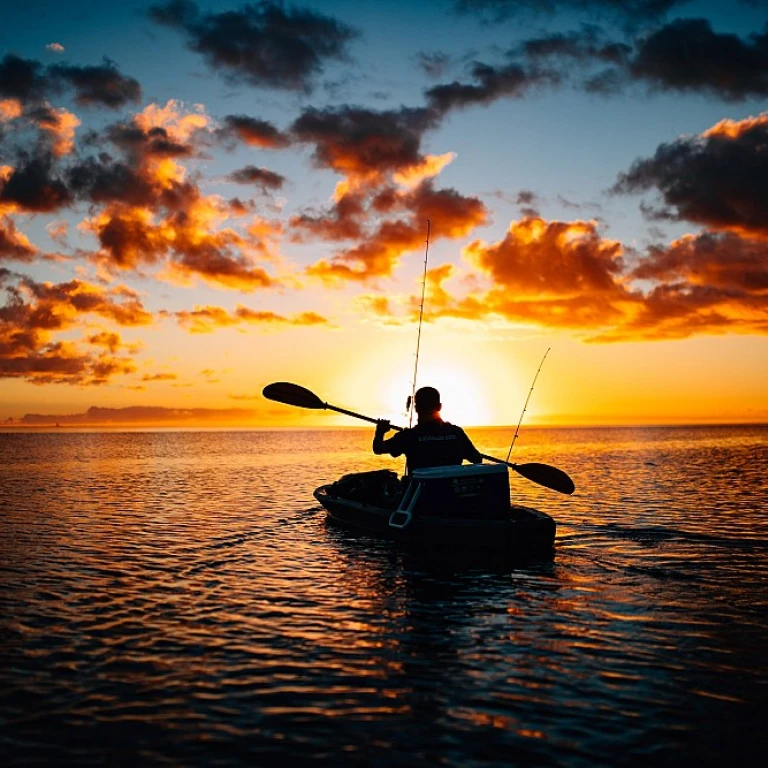
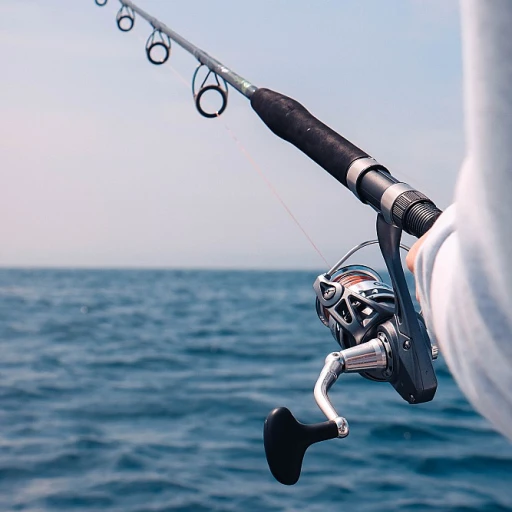

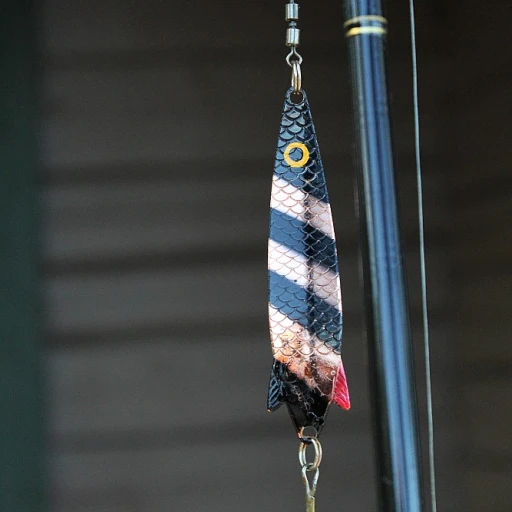
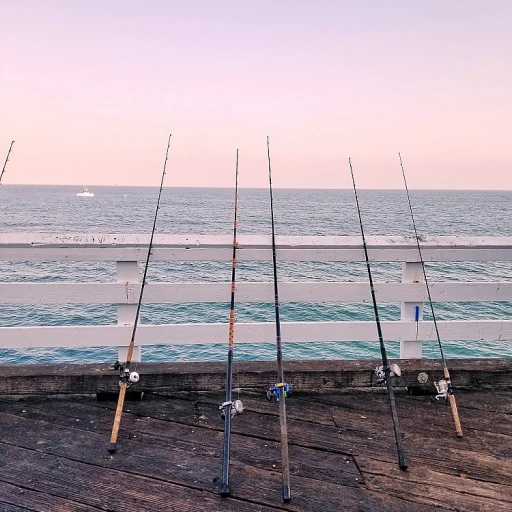

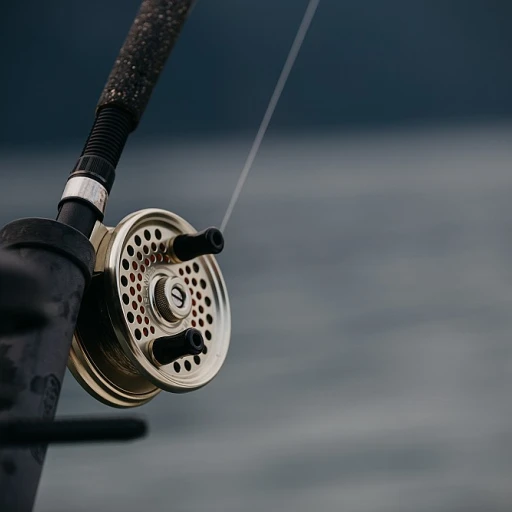
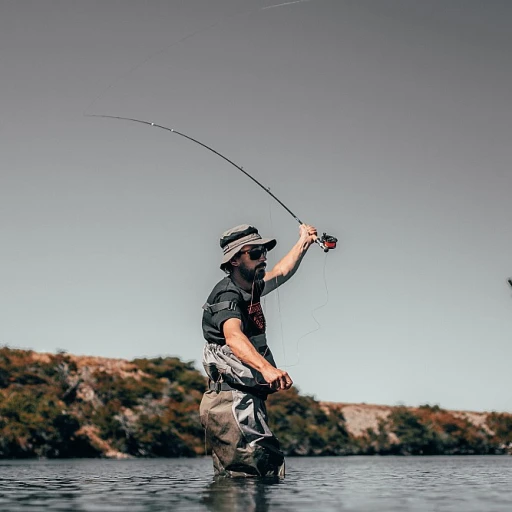
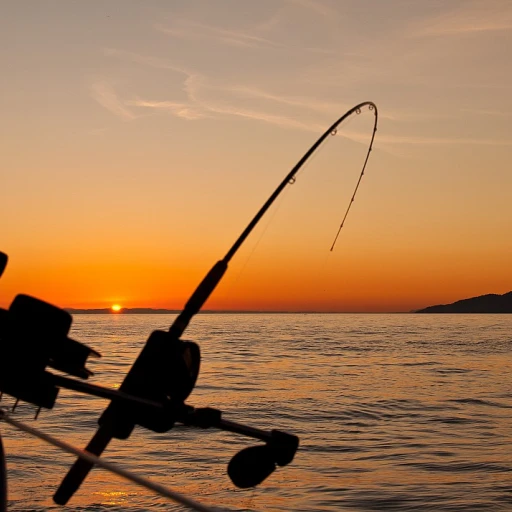
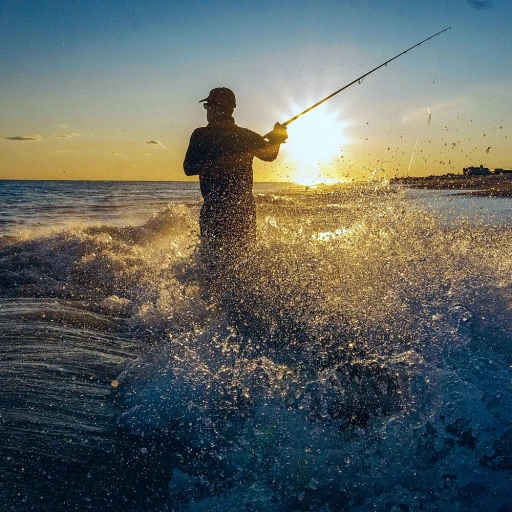

-large-teaser.webp)
